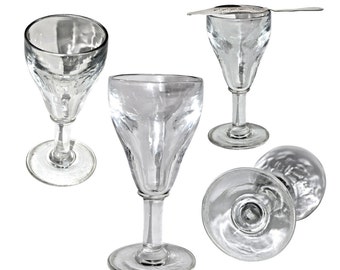

To make a refreshing drink, combine vodka, cranberry juice, and orange bitters. It can also be used as a mixer in a cocktail. The best way to enjoy this is if the alcohol content of the absinthe is lower. When it comes to drinking Absinthe, you might not always have to drink it without sugar, or you might only have to drink ice cold water. In order to enjoy absinthe, sugar syrup or granulated sugar can be added to the drink. You can still enjoy absinthe without sugar cubes by following these steps. There’s no reason to dismiss the idea that modern people can still enjoy absinthe. Intellectuals and artists enjoyed it in the early 1900s, but its popularity fell off in the late twentieth century. The history of absinthe dates back thousands of years. The sugar cube dissolves and sweetens the drink. It is often served with a spoon, which is used to hold a sugar cube above the glass as water is slowly added to the absinthe. No, absinthe is traditionally served without sugar. To put the sugar cube on a slotted absinthe spoon, slowly pour cold water over it, either through a dripper or pitcher, and voila! Do You Mix Sugar With Absinthe? Any sugar cube can be used to make absinthe. You may be wondering if the sugar cubes used to make absinthe are made of regular sugar cubes. The brown sugar cube will be placed on the sundae glass’s rim and rested with holes in it.
ABSINTHE GLASS HOW TO
Follow this guide to learn how to prepare a classic absinthe drink.Ī 3/4-ounce serving of absinthe should be placed in a sundae glass. In 2007, the ban was lifted, and absinthe is now legal to drink in the United States. Our website contains a list of some of the best absinthes to be purchased.ĭue to its ability to induce hallucinations, absinthe was prohibited in the United States in 1919. There is a wide range of options for those looking for clothing and styles. Since it has been legal to consume, sell, and manufacture green fairy liquor, it is now legal to do so. The United States prohibited the production and sale of absinthe for 95 years until 2007. Because there are so many counterfeit and substandard absinthes on the market, it is critical to understand what you are purchasing. Because of its association with alcohol abuse and addiction, absinthe fell out of favor in the early twentieth century. It is unclear how and where absinthe got its name, but it is thought to have originated in France during the nineteenth century. Because it has already been sweetened at the distillery, you won’t need to add sugar to most good absinthe. The color is usually green, but it can also be clear.

Grand Wormwood (Artemisia absinthium), an herb, is one of the botanical ingredients used in the production of absinthe. Sugar is used to sweeten liqueurs, but not to make spirits. The word “sinister” refers to a spirit rather than a liqueur. Some popular absinthe mixers include lemonade, cranberry juice, and soda water. When using a sweetabsinthe, adjust the amount of sugar to taste.Ĭocktail makers can create some delicious cocktails by combining absinthe with other beverages. Intoxicating your drink with too much sugar can overpower its flavor. A sugar cube can be added to your drink in order to sweeten it. In this blog post, we’ll show you how to properly prepare absinthe. If you don’t have sugar cubes, you can also make granulated sugar with your absinthe. Sugar cubes are commonly used to dissolve and sweeten the drink. The flavor of absinthe is licorice-like and comes from a strong alcoholic beverage. It is not recommended to mix absinthe with granulated sugar, as the sugar can cause the absinthe to become too sweet. Absinthe is a high-proof spirit, and as such, it is important to be mindful of the amount you consume. The resulting mixture louches, or turns cloudy. It is often served with a sugar cube placed on a slotted spoon over the absinthe glass, which is then doused with cold water. Absinthe is typically diluted with water and sugar before being consumed. It became popular as an alcoholic drink during the late 1800s, when it was given the name la fee verte (the Green Fairy). Absinthe is historically associated with the bohemian lifestyle in late 19th- and early 20th-century Europe, particularly in France, where it was consumed in cafés and bars. It is an anise-flavored spirit derived from botanical ingredients, including the flowers and leaves of the herb Artemisia absinthium, commonly known as “grand wormwood”. Absinthe is a distilled, highly alcoholic beverage.


 0 kommentar(er)
0 kommentar(er)
